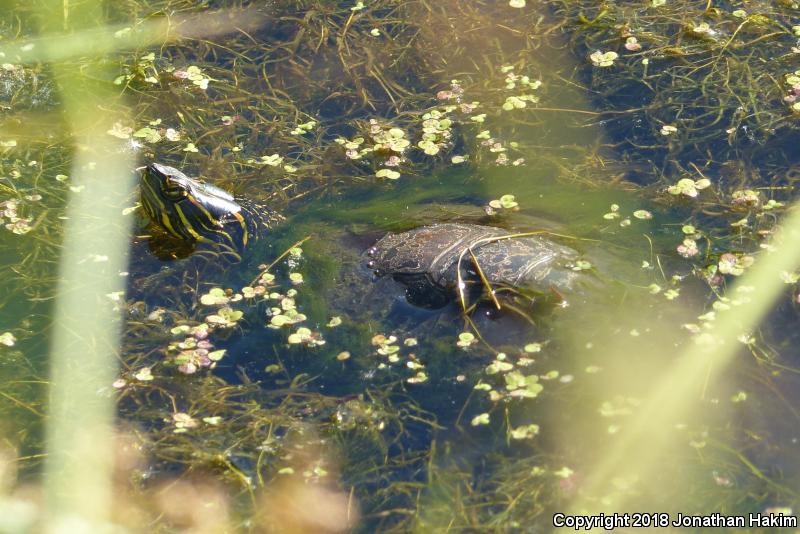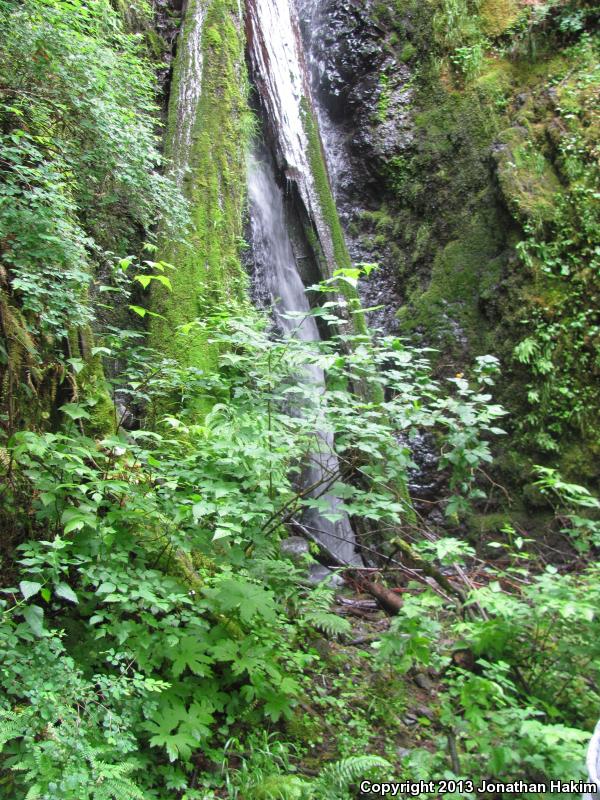Why your data matters
How are reptiles and amphibians doing in Columbia County? Your data could help us find the answers.
At the core, the ability of species to persist depends mostly on the habitat. Different animals require different habitats to survive. A beautiful meadow for one snake might be too cool or too dry for another. Each of our reptiles and amphibians in the Northwest have their own preferences: some need older forests with downed wood, a few prefer clearings on the forest edge, several require fast and well-shaded streams. Certain species are generalists, and other species are very specialized.
For example, Painted Turtles are only found in slow-moving water bodies with access to the sun and safe places to lay their eggs.

In the past Columbia County hasn't gotten much attention from wildlife biologists, thus there's little knowledge of how our wildlife is faring. Matt and I decided to rectify that issue and produce an all-encompassing study of Columbia County's "herps". These are the questions we're trying to answer:
- For each of our 25-30 reptile and amphibian species, do they occur all across the county or only in more limited areas?
- For those species that are limited, where in the county do they occur?
Some habitats are limited naturally (Columbia County doesn't have mountains) and others have been limited by people (old growth forest has been cut down). We hope to discover how our county's limitations have affected the distribution of each species. After a couple years of getting the best data we possibly can, we should to be able to describe which reptiles and amphibians are most vulnerable in the county and use our information to inform questions of what habitat matters most.

A hopeful side effect of this project is that we can build more people's passion for wildlife and natural spaces. The more that people are interested in local wildlife, the more they'll work to conserve it. To this end, we have not only initiated this iNaturalist project but are also assisting 4H leaders and high school teachers to educate their students about local wildlife and how they can survey for reptiles and amphibians.
So that's basically the project. We're trying to:
- map the entire county so we can show which reptiles and amphibians are widespread and which are more habitat-limited
- prove basic occurrence records for those species which have not been officially recorded
- identify which habitats are most in danger and/or supporting the most rarely seen reptiles and amphibians
- get people more interested in wildlife and conservation
What's your role? Data! Data! Data!
Matt and I can't cover the entire county by ourselves. Every bit of information matters, whether it is the most common garter snake or the rarest giant salamander. In letting us know exactly where these species can be found, you'll be adding to the body of knowledge about how widespread our wildlife is.
Are you willing to look around for some frogs, salamanders, turtles, lizards, and snakes, and record whatever you find?
Thanks for taking a look!





Comments
Wonderful journal entry and photos! Thanks for posting this!
Thank you Sam! Too bad you're a long ways away. Doing everything I can to drum up some data here in our little corner but it isn't easy to find people who are engaged with the wildlife and motivated to record it.
Add a Comment